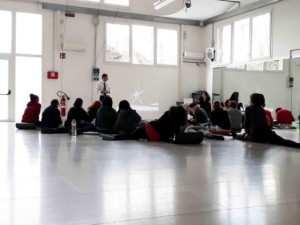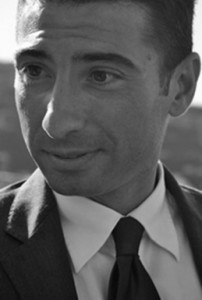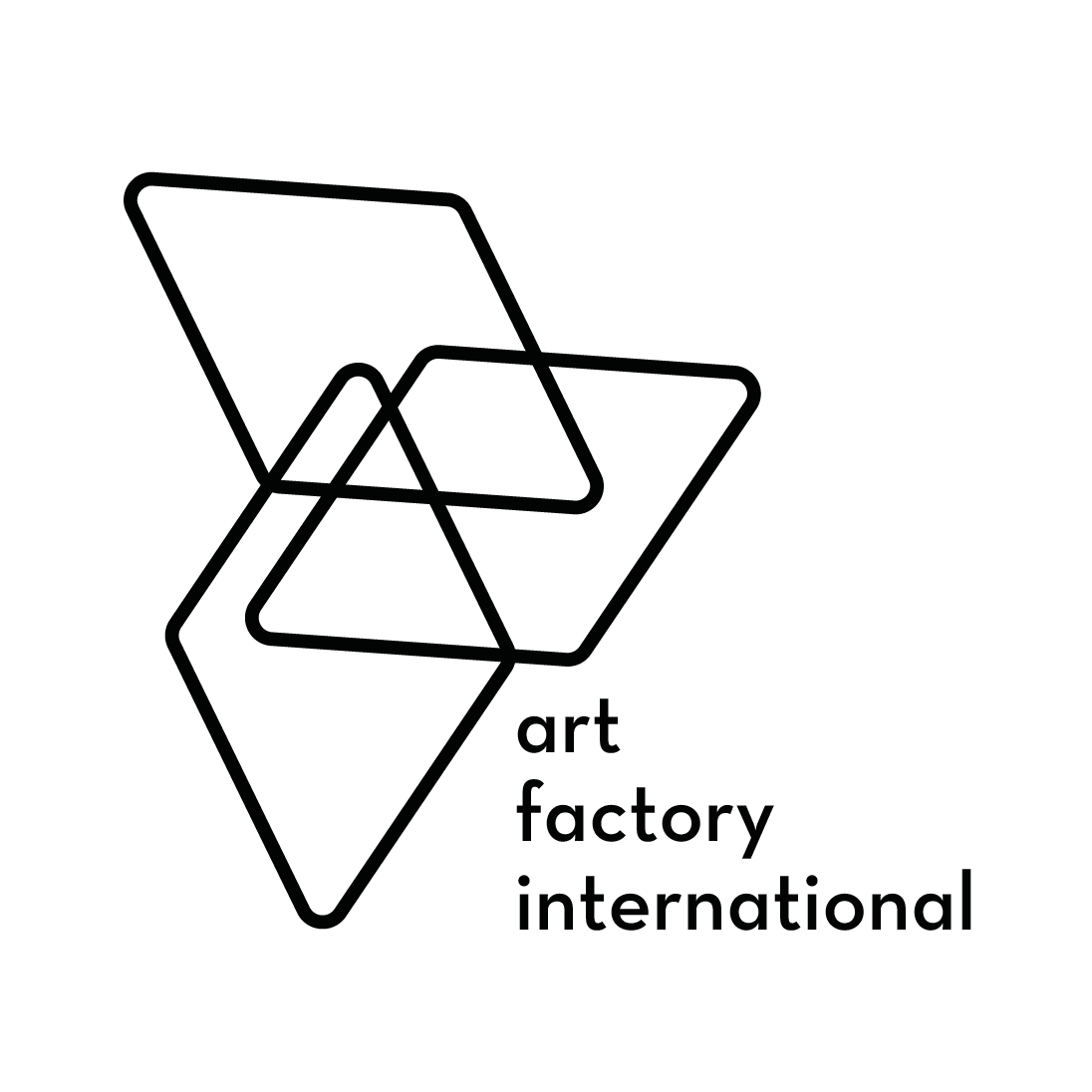Dance and Technology
with Prof. Enrico Pitozzi
Dance and Technology
with Prof. Enrico Pitozzi

The practice of the scene and the reflection on the physiological aspects of the corporality, lead to formulate a radical change in thinking about the intervention of technology for the scene: in the perspective adopted technologies are considered as a way of thinking aimed to understand how and to which level they can contribute to extend and renew the perception of a body in action. Through a survey of some key practices from the contemporary scene such as choreographic compositions by Merce Cunnigham, Trisha Brown and OpenEndedGroup, William Forsythe, Myriam Gourfink, Wayne McGregor and others, and also the project of motion signature by Martine Époque and Denis Poulin, It will be analysed the impact of technologies on redefining the process of the performer’s perception in the com- position of the movement and the change of the notion of presence on stage. This means to say that technological development must take action to expand awareness of the physiological processes of the movement internal organization, in order to compose an unusual gesture. In this scheme, the technical level – technological development should be subject to an aesthetic of the composition.
Prof. Enrico Pitozzi

Enrico Pitozzi is a Adjunct Professor of “Forms of Multimedia Stage” at the University of Bologna and teaches “Aesthetic interfaces” at the Accademia di Belle Arti. He was visiting professor at the Université du Québec à Mon- tréal and visiting lecturer de l’Université Sorbonne Nouvelle, Paris III in the EU programme Teaching Staff Training 2013 and course director at l’Uni- versidad Internacional Menendez Pelayo de Valencia. He currently collabo- rates with the scientific committee of the project Performativité et effets de présence directed by Josette Féral and Louise Poissant at the Université du Québec and the project “Poéticas Tecnològicas” directed by Santana at the Universidade Federal de Bahia(Brasil) and also the multimedia laboraratory MeLa research at the IUAV University of Venice. He wrote the essays On presence, in Culture Teatrali; De la constitution du corps de synthèse sur la scène performative: perception et technologies, in R. Bourassa, L. Pois- sant(dir.), Personnage virtuel et corps performatif: effets de présence, Ste-Foy, Presses de l’Université du Québec. The choreographic composi- tion of Cindy Van Acker, Quodlibet, and Bodysoundscape. Perception, movement and audiovisual in contemporary dance, in Yael Kaduri(dir.).

